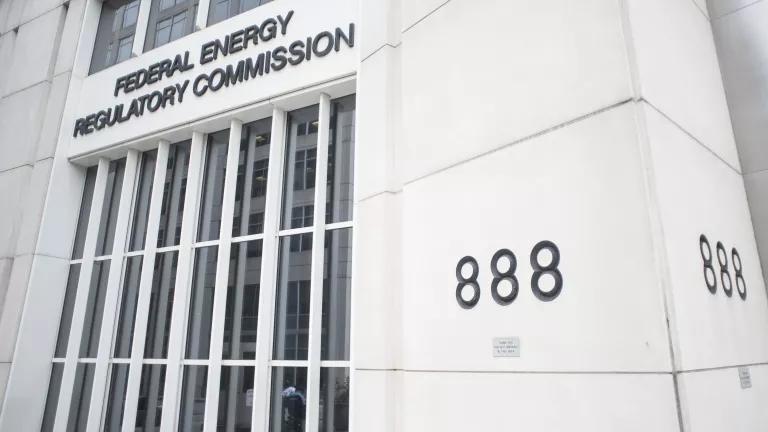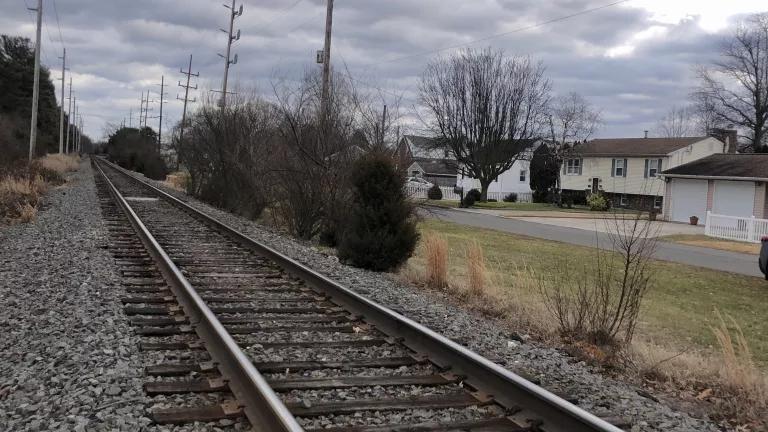The Best Way for Obama to Mark BP Spill Anniversary Is to Commit to Preventing Another Disaster
The one-year anniversary of the BP oil disaster is fast approaching. Together with a thirteen other environmental leaders, I just sent a letter to President Obama urging him to observe this day by taking concrete action to prevent another catastrophic oil spill. Without a real commitment to solve the problems that caused the blowout, official ceremonies to mark April 20 will become hollow affairs.
Residents of the Gulf Coast don’t need to be reminded of the anniversary of the spill. Many live with the fallout of April 20, 2010 every day.
Hotel owners are still offering deep discounts to lure Spring Break vacationers. Residents who came into contact with oil or dispersants talk about persistent unexplained symptoms such as rashes, chronic respiratory problems, fatigue, and headaches. And scientists have found that oil remains matted in marshes along Barataria Bay in Louisiana, and they suspect that in places like Perdido Key Beach on the Florida panhandle, tar mats—oiled sand that gets worked by the tide—could extend for miles offshore.
Nearly one year later, the aftermath of the spill persists. All major oil spills cast a long shadow, but what makes the BP spill especially egregious is the context of recklessness and neglect in which it took place.
President Obama’s National Commission on the Deepwater Horizon Oil Spill and Offshore Drilling investigated the root causes of the BP disaster and concluded that the entire oil and gas industry lacks a sufficient culture of safety and risk assessment and that the entire structure and funding of government oversight for offshore drilling is woefully inadequate.
We are not talking here about one rogue company or one weak agency. We’re talking about a systemic failure to put safety first.
The commission recommended key actions to correct these failures. It called on the oil industry and Congress to do their part, but it also made clear what the administration can do as well.
President Obama has begun to implement some of these recommendations. I applaud his proposal to increase funding for the Department of Interior’s oversight of offshore drilling, the initial restructuring of the agencies that monitor offshore drilling, and the regulatory changes adopted since the disaster.
But the commission called for reforms that go beyond these steps. It is time for President Obama to commit to undertaking all the recommendations for how to prevent another oil disaster. NRDC views the following steps as particularly critical:
- Create an independent offshore safety authority that is insulated from the pressure to increase oil production and maximize lease sales.
- Strengthen the role of science and the interagency consultation in the Outer Continental Shelf decision-making process. NOAA, the nation’s lead civilian ocean agency, must identify areas that should be excluded from lease sales because of their high ecological importance or sensitivity.
- Update the EPA’s dispersant testing protocols and require more comprehensive testing prior to listing or pre-approving dispersant products.
- Improve oil spill response plans, and verify that the industry can actually deliver on containment and clean-up methodologies.
- Develop and implement Arctic federal research to provide a foundation of scientific information on the Arctic ecosystem; right now, we only have a narrow slice of data, focusing on just a few species at only certain times of year.
The administration must take these steps to address the failures in industry and government oversight that contributed to the disaster. Congress, which has failed to respond to the oil disaster thus far, must also act.
But in order to fully reduce our risk of future spills, we need to do something more: we need to reduce our dependence on oil.
In his speech at Georgetown last week, President Obama made it clear that America cannot drill our way to energy security. Instead, we need to shift to the clean car technologies, more sustainable fuels, public transit, and high speed rail solutions that will help us do more with less oil. Obama issued new clean car standards in 2010, but he is poised to announce new efficiency standards. NRDC is encouraging him to call for an average of 60 miles per gallon by 2025. Not only do we have the technology to achieve these standards, but we can save 2.8 million barrels of oil by 2030 doing it.
These transportation solutions are critical. We must make offshore drilling safer, and the commission’s recommendations will do that. But we must also reduce the need to drill for oil in every riskier conditions—like the deepwater. The best way for President Obama to mark the anniversary of the BP disaster is to take concrete steps to do both.


